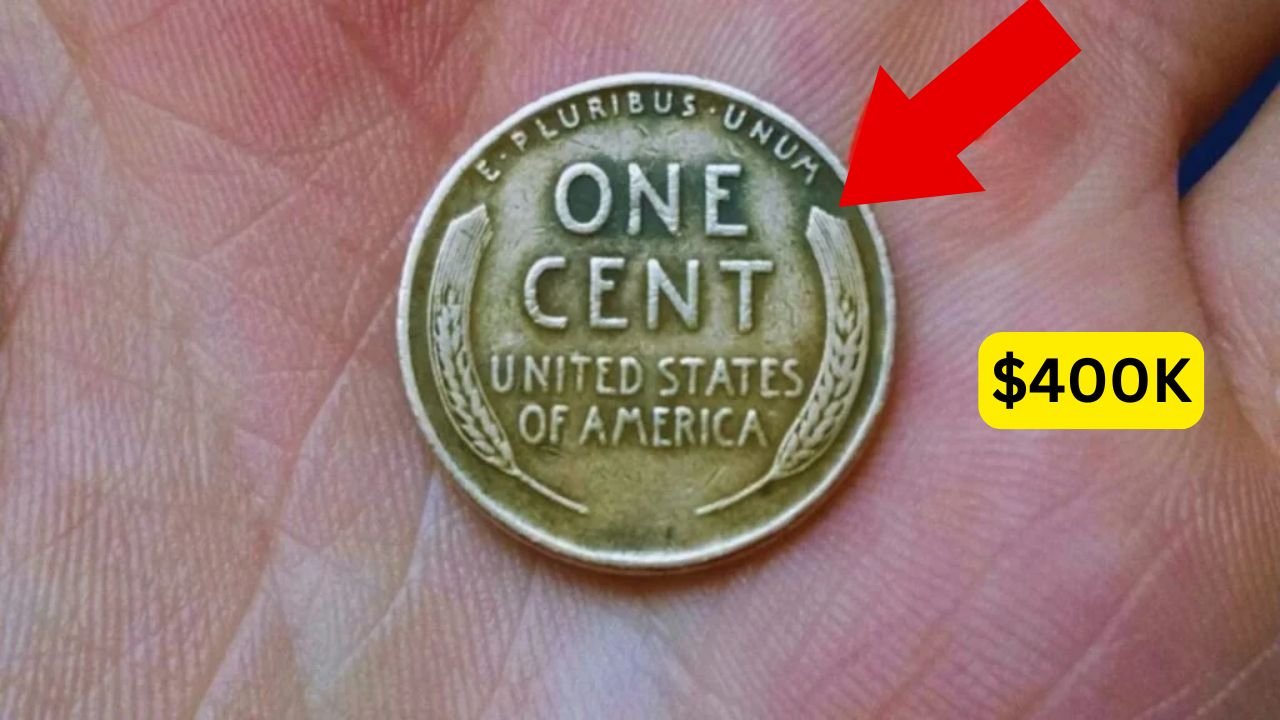A simple penny in your pocket could be worth a fortune. The Lincoln Wheat Penny, especially rare ones like the 1955 Doubled Die Obverse, can fetch over $400,000 at auction. One of these coins sold for $408,000 in 2024, thrilling collectors and sparking a rush to check spare change. These pennies, minted decades ago, still pop up in circulation, meaning you might find one in a coin jar or even your wallet. With a bit of luck, your loose change could make you rich.
Why Some Wheat Pennies Are Worth Millions
Lincoln Wheat Pennies, made from 1909 to 1958, get their name from the wheat stalks on the back. Certain years and errors make some of them incredibly valuable. The 1955 Doubled Die penny stands out because of a minting mistake that caused doubled lettering, especially on “LIBERTY” and the date. Only a small number were made, and they’re now a prize for collectors. Other rare Wheat Pennies, like the 1909-S VDB, are also worth big money.
How to Spot a Valuable Penny
Finding a rare Wheat Penny takes a little effort. For the 1955 Doubled Die, use a magnifying glass to check for blurry or doubled text on the front. Look at the date and “LIBERTY” closely. Also, check the mint mark: a “D” means Denver, an “S” means San Francisco, and no mark means Philadelphia. If you think you have a rare one, don’t clean it, as that can lower its value. Take it to a coin expert for a professional check.
| Penny Type | Key Feature |
|---|---|
| 1955 Doubled Die | Blurry text or date |
| 1909-S VDB | “VDB” on back, “S” mark |
| 1943 Bronze | Copper, non-magnetic |
Recent Sales Stir Excitement
In 2024, a 1955 Doubled Die penny sold for $408,000, grabbing headlines and fueling the hunt for rare coins. Another Wheat Penny, a 1909-S VDB, went for $168,000 the same year. These sales show how valuable these coins can be, even if they’re worn. Stories of people finding them in old jars or pocket change keep collectors and regular folks searching. Your next handful of change could hold a treasure.
Where These Coins Might Be Hiding
Rare Wheat Pennies can turn up in everyday places. They’ve been found in:
- Coin rolls from banks or stores
- Old piggy banks or family collections
- Flea markets or estate sales with loose coins
Handle any possible find with care. Store it in a soft cloth or plastic case to keep it safe. Coin shops or grading services can tell you if it’s real and how much it’s worth. Checking your change regularly could lead to a big surprise.
| Search Spots | Tips |
|---|---|
| Coin Rolls | Check bank rolls carefully |
| Family Heirlooms | Look through old coin stashes |
| Secondhand Shops | Buy ungraded coin lots |
What to Do If You Find One
If you think you’ve got a rare Wheat Penny, stay calm and don’t rush. Contact a trusted coin grading service like PCGS or NGC to verify it. They’ll check the coin’s condition and authenticity. A penny’s value depends on its rarity, wear, and market demand. A top-condition 1955 Doubled Die could bring in over $400,000, while a worn one might still be worth thousands. Keep an eye on your pennies, because one small coin could change everything.
